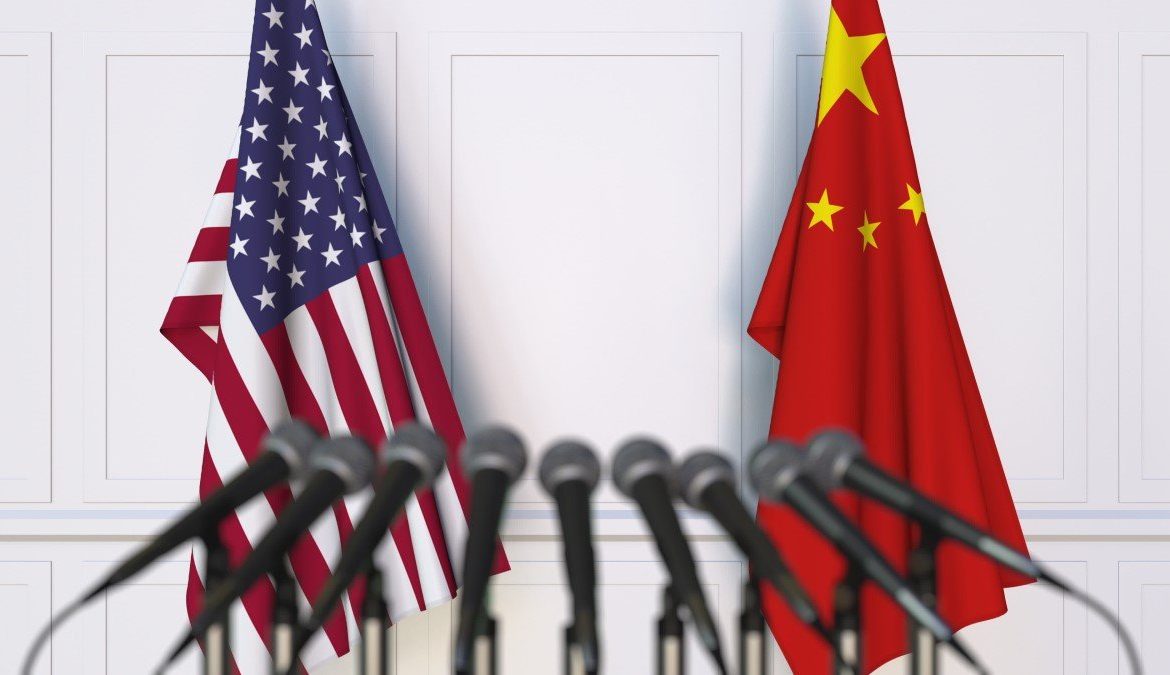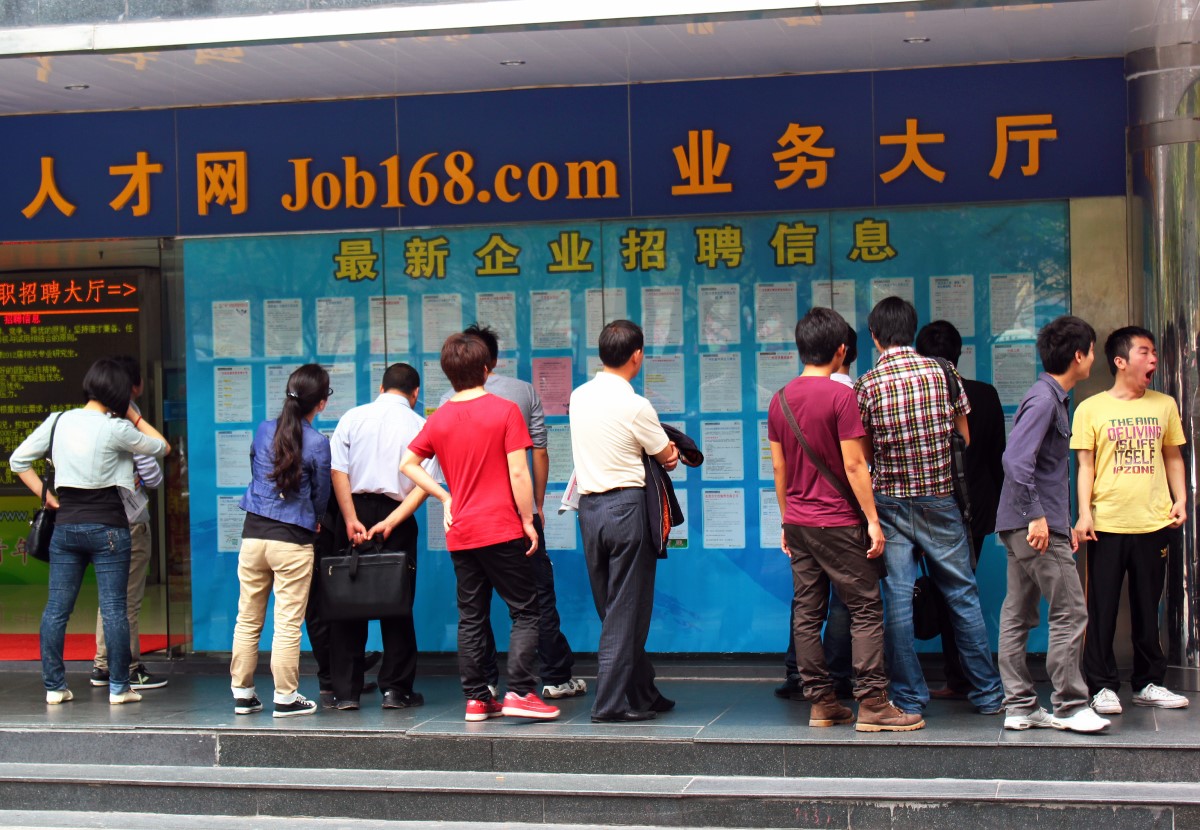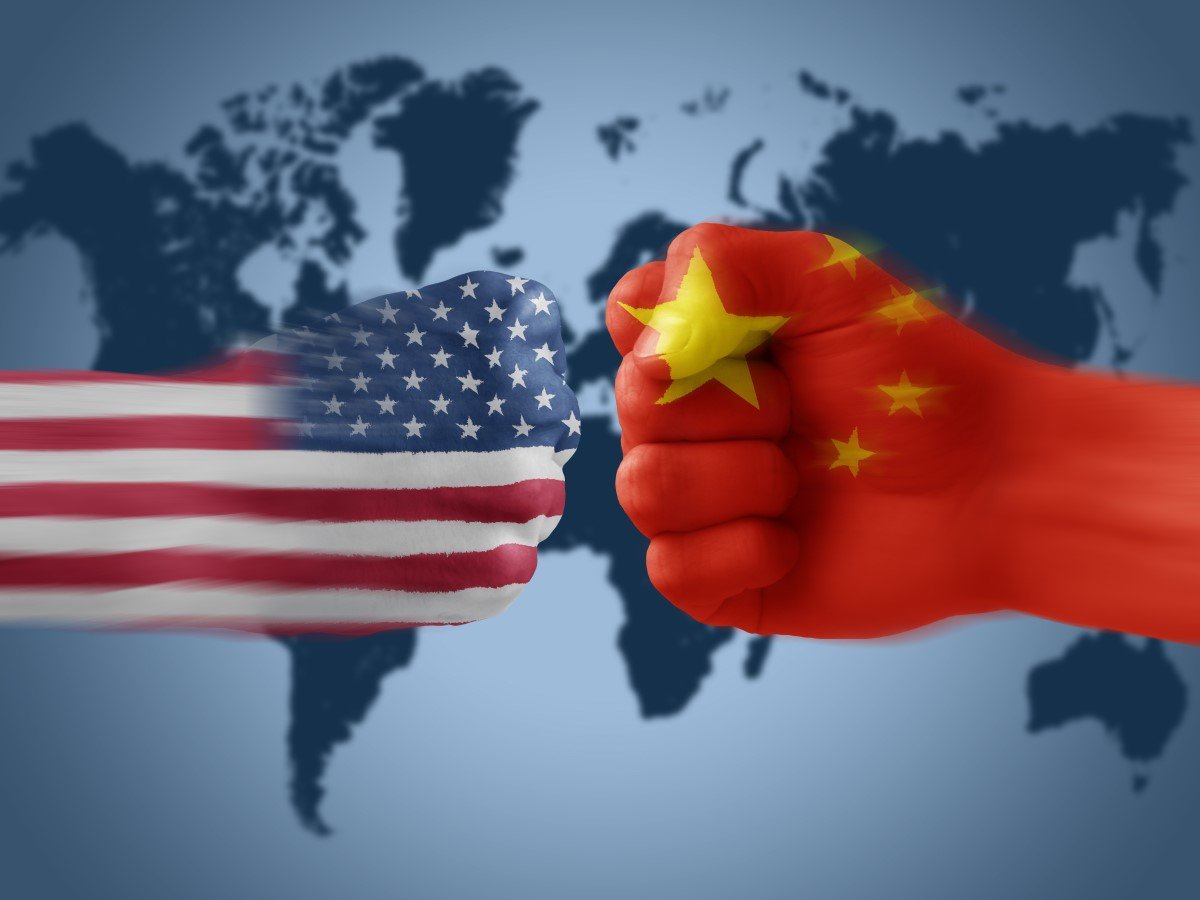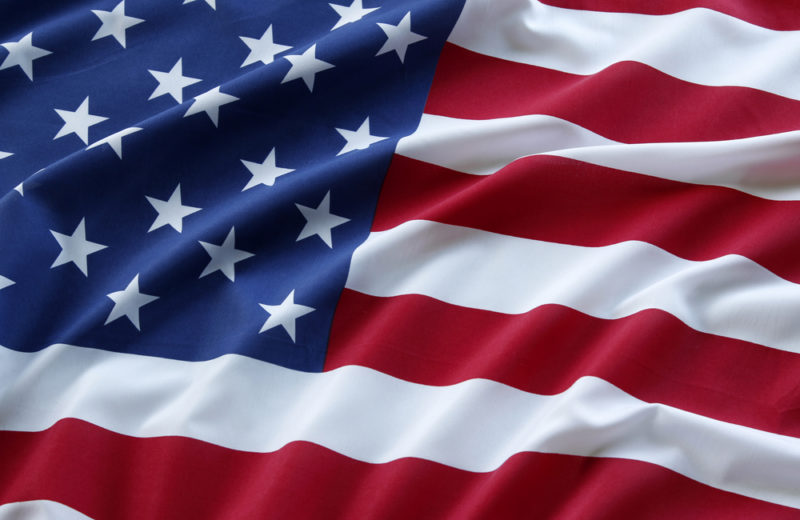The United States and China are talking with each other to sign the phase-one deal finally. The new shit an impasse around Thanksgiving. There were fears that the nascent accord would collapse again. Nice and slowly, the hope to halt the nearly two-year-old trade war was going away before the headlines started to appear.
Cui Tiankai, the Chinese Ambassador, spoke with Jared Kushner, President Trump’s son-in-law and adviser, people familiar with the episode are claiming. Chinese ambassador told Mr. Kushner that the United States didn’t roll back enough tariffs.
Mr. Kushner responded that it was time to settle with the phase-one deal. Otherwise, the President was ready to proceed with new tariffs on December 15. The new taxes would have been on about $165 billion in Chinese imports. They included toys and smartphones. Jared Kushner advised Cui Tiankai not to think in terms of tariff reduction. He suggested thinking in terms of what will happen if China does not make a deal.
The people familiar with the episode said that Mr. Kushner’s words at least offered certainty. Before that, Chinese negotiators consider erratic dealing with a president. They also saw an opportunity in it. They would not be obliged to make economic-policy changes Washington had long insisted on with the help of the agreement.
Both sides announced about the compromise set about two weeks later. The ceremony will take place at the White House on Wednesday. A former Trump White House trade negotiator who had worked on China issues is Clete Willems. He says that it is an attempt to work together and solve problems. Nevertheless, it is not everything the U.S. set out to do adds Clete Willems.
Beijing regulator, who knows the negotiations, hopes that this deal can help to prevent the bilateral relationship from getting much worse.
Phase-one agreement doesn’t mean fixing all issues
The accord promises increases purchases of U.S. services and goods. There will be greater access for American Firm’s in China’s insurance, banking, and other financial sectors. It is the chance to reset relations between the world’s largest economies and to end tariff threats. China and the United States have agreed to semiannual meetings for discussing economic and trade issues.
Nevertheless, the deal is not what either side wanted. The U.S. won’t get the fundamental reforms in Chinese economic policy. They wanted it to help American businesses. And tariffs remain at about $370 billion in China’s exports.
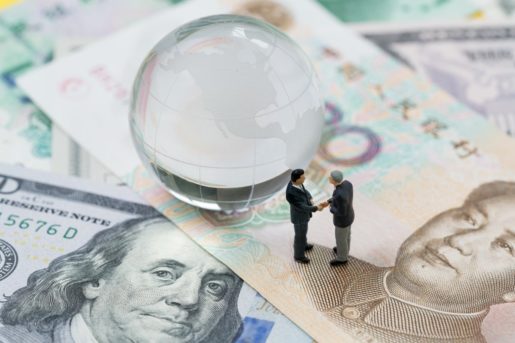
At the Great Hall of the People, Chinese leader Xi Jinping dined with Japanese Prime Minister Shinzo Abe two days before Christmas. There Shinzo Abe said he hoped that the so-called phase-one deal would encourage China to liberalize its economy further.
Xi Jinping replied that China already opened up significantly. A World Bank survey shows that China improved the business environment. Xi Jinping said that it’s good to have the phase-one agreement. Also, he added that many issues remain unresolved, and the deal can’t fix every problem.
The phase-one deal pre-information comes only from the interviews with policymakers in both capitals and from the people who have been consulted on the negotiations. It reveals the little-seen pragmatic side of a publicly fraught relationship.
Let’s see what Wednesday will bring us.


